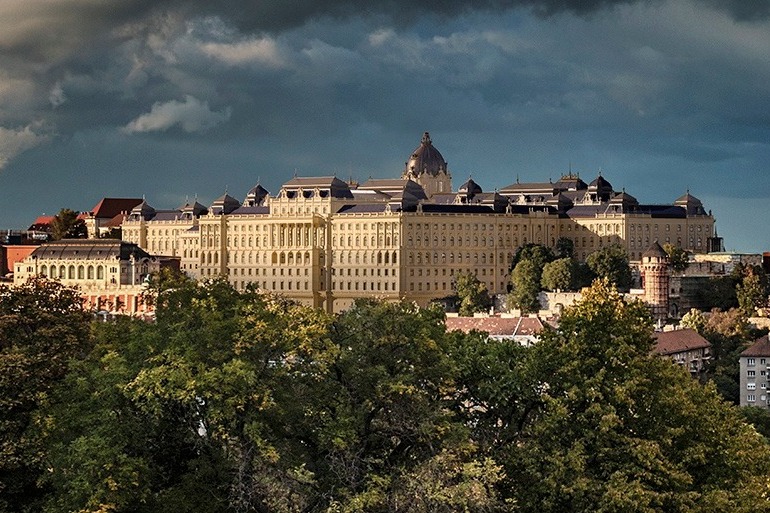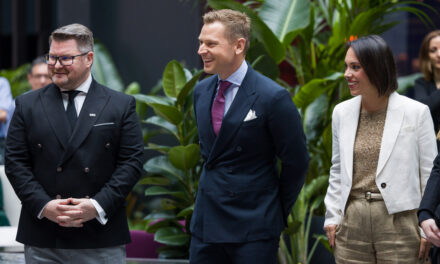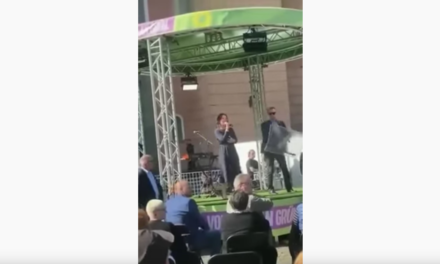The Second World War caused terrible damage to the building complex, after which it was stripped of its remaining decorations and rebuilt in a simplified form starting in the 1960s. While throughout Europe the destroyed architectural values were replaced almost immediately as a means of processing the trauma caused by the loss of the World War, in our country the communist leadership wanted to completely erase the past. the National Haussmann Program, the palace will soon be restored to its original appearance and most of its interiors will be rebuilt.
Designed by Alajos Hauszmann, the neo-baroque-secession style Royal Palace of Buda in the 19th and 20th centuries. was completed at the turn of the century. Its ornate external and internal appearance, its size and unique location have made it one of the European royal residences. The Second World War caused terrible damage to the building complex, after which it was stripped of its remaining decorations and rebuilt in a simplified form starting in the 1960s. While throughout Europe the destroyed architectural values were replaced almost immediately as a means of processing the trauma caused by the loss of the World War, in our country the communist leadership wanted to completely erase the past.
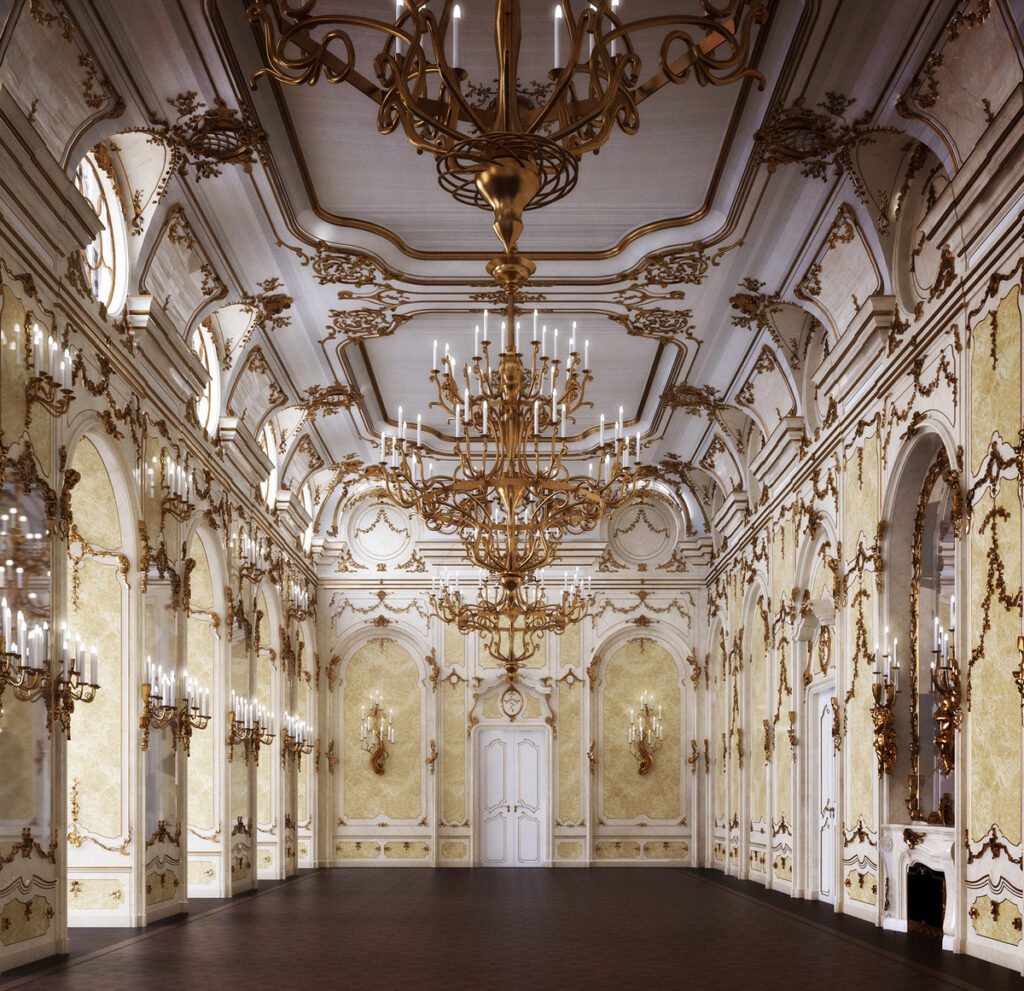
Photo: National Haussmann Program Facebook
Accordingly, the palace was given a new function, thus becoming the home of the Hungarian Labor Movement Museum, the Hungarian National Gallery, the Budapest History Museum, and the National Széchényi Library. The previously unified building complex was divided into several small, independent building wings with their own entrances and internal infrastructure. To this day, individual buildings are marked with letters that do not indicate any internal content.
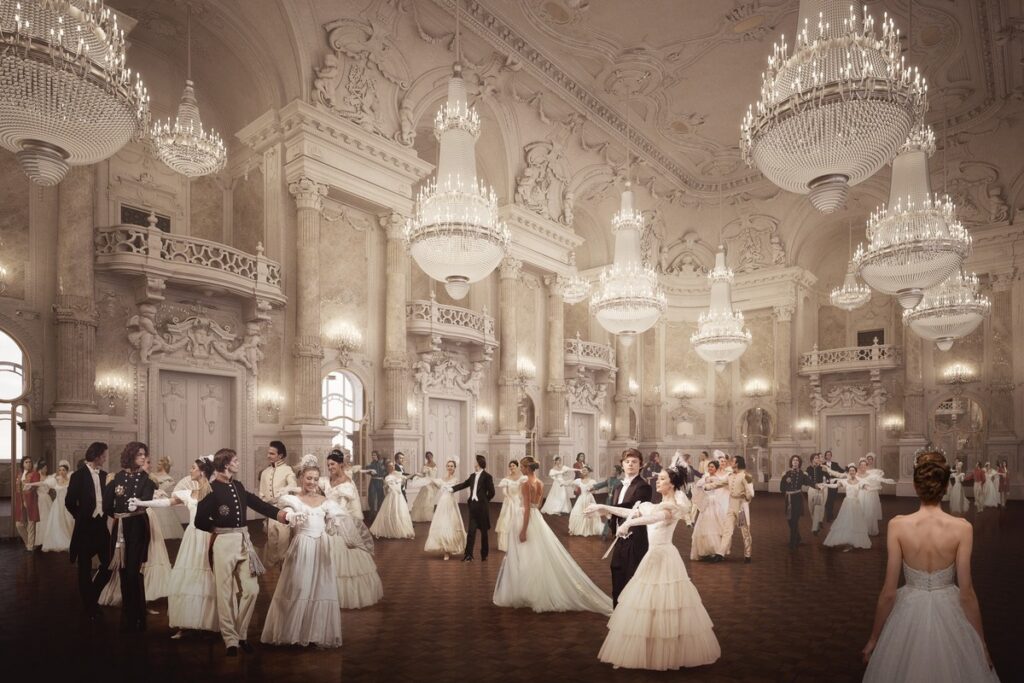
Photo: National Haussmann Program Facebook
As part of the National Haussmann Program, the palace will soon be restored to its original appearance and most of its interiors will be rebuilt.
The enfilade, the enfilade, running around at the height of the first floor and opening into each other for hundreds of meters, will also be reborn, so that the fragmented parts of the building will become passable and walkable again. In addition to the restored historical and sacred spaces, visitors will find temporary exhibitions, art galleries, cafes, gift and bookstores, a children's world, a family center and educational rooms.
The reconstruction work will continue from Szent György tér after the southern connecting wing handed over on August 20, 2021. Specialists are already working on the restoration of the northern wing on Szent György tér and will continue to move southward. Work will soon begin on the ballroom wing, and plans are already underway to renovate the dome wing, the baroque wing, and the south wing building, which will be the palace's education center. The historic renovation will be completed with the Krisztinaváros wing.
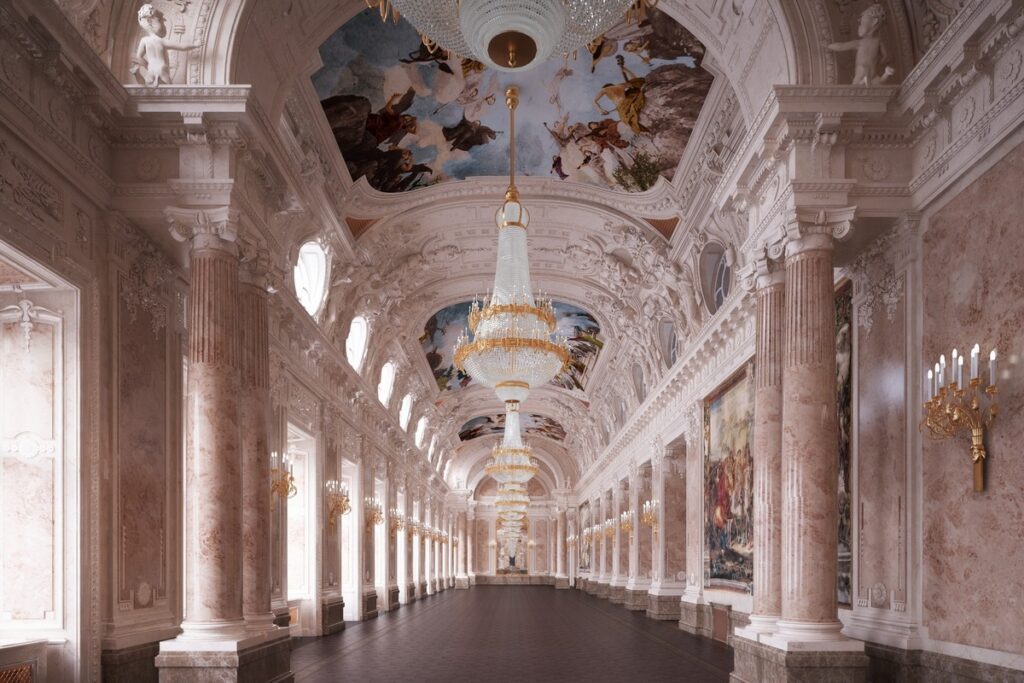
Photo: National Haussmann Program Facebook
Cover image: National Hauszmann Program Facebook

